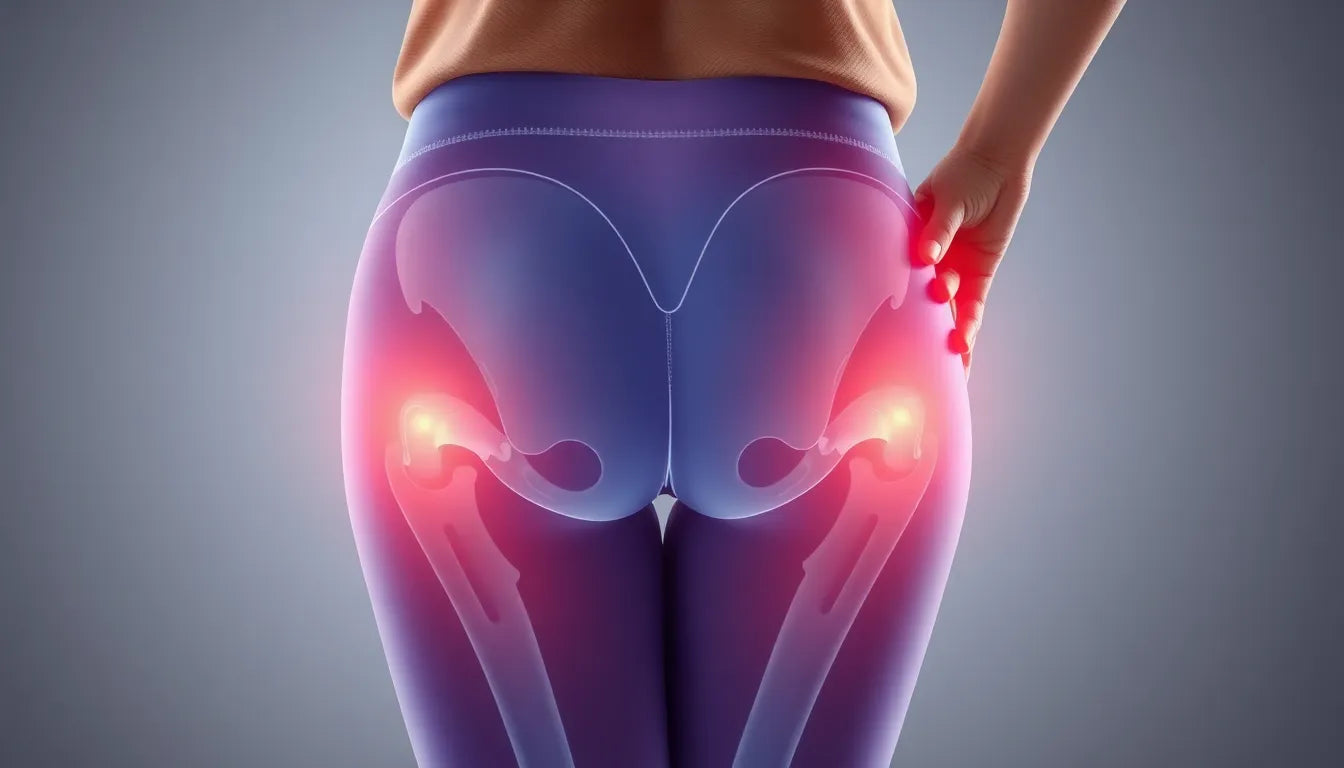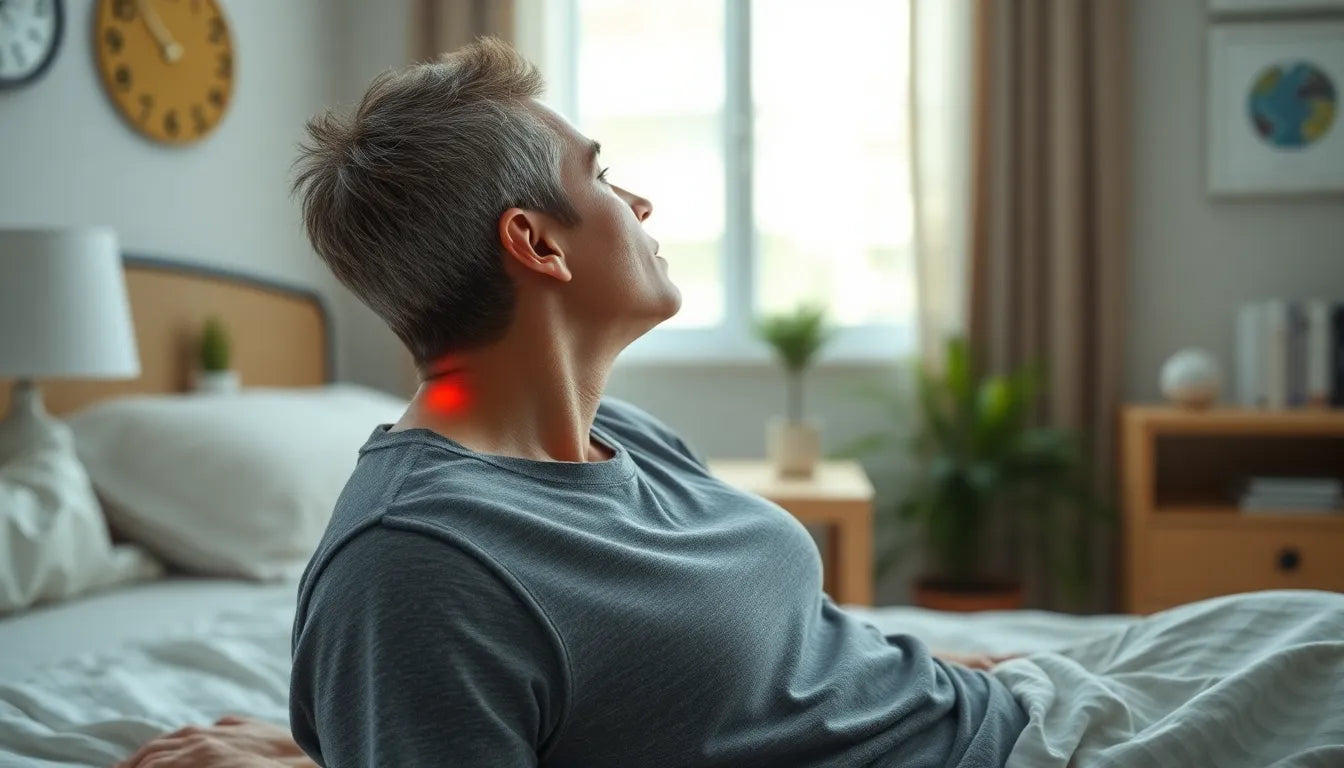Hip osteoarthritis (OA) is a common degenerative joint disease that affects millions of people worldwide, significantly impacting daily life. This condition occurs when the protective cartilage that cushions the hip joint wears down over time, leading to pain, stiffness, and reduced mobility. These symptoms can make even the simplest tasks, such as walking or climbing stairs, challenging and uncomfortable. Managing these symptoms is crucial to maintain a good quality of life and prevent further deterioration of joint health.
Understanding the role of walking in managing hip osteoarthritis
Among the various strategies to manage hip osteoarthritis, walking stands out as a highly recommended low-impact exercise. Unlike high-impact activities such as running or jumping, walking is gentle on the joints while still providing significant health benefits. Regular walking can help alleviate some of the pain associated with hip OA, improve joint function, and enhance overall mobility.
Walking offers dual benefits for those with hip osteoarthritis. Firstly, it can help relieve symptoms by promoting joint flexibility and reducing stiffness. Secondly, it helps maintain joint health by keeping the muscles around the hip strong, which supports the joint and can slow the progression of the disease. This makes walking not just a form of exercise but a crucial component of a comprehensive OA management plan.
So, can walking really help alleviate the pain of hip osteoarthritis? Let's explore how every step can lead to relief. By incorporating walking into your daily routine, you can take proactive steps towards managing your symptoms and improving your quality of life. Whether you're taking a leisurely stroll or a brisk walk, each step contributes to better joint health and overall well-being.
Understanding hip osteoarthritis and its challenges
Hip osteoarthritis is a progressive condition that affects the hip joint, leading to significant discomfort and mobility issues. As the cartilage deteriorates, the bones within the joint begin to rub against each other, causing pain and inflammation. This pain is often localized in the groin, thigh, or buttock area, making it difficult to pinpoint the exact source of discomfort. One of the hallmark symptoms of hip OA is "start-up" pain, which occurs when an individual begins to move after a period of rest. This pain can gradually become more persistent as the condition advances, affecting even simple activities like walking on level ground.
The benefits of walking for managing hip osteoarthritis
Walking is a cornerstone in the management of hip osteoarthritis due to its low-impact nature, which minimizes stress on the joints. Unlike high-impact exercises, walking provides a gentle yet effective way to maintain joint function and reduce pain. Engaging in regular walking on soft, even surfaces can significantly alleviate discomfort and improve mobility. The key benefits of walking for hip OA include enhanced joint flexibility, reduced stiffness, and strengthened muscles around the hip joint. These factors collectively contribute to slowing the progression of osteoarthritis and maintaining overall joint health.
Consistency is crucial when it comes to walking for hip OA management. Regular walks help prevent stiffness and maintain muscle strength, which are essential for supporting the hip joint. Incorporating walking into a daily routine can lead to long-term improvements in mobility and quality of life.
Exercise recommendations and precautions for hip osteoarthritis
When incorporating walking into your routine, it's important to follow specific guidelines to maximize benefits and minimize risks. Aim for at least 30 minutes of walking on most days of the week, breaking it into shorter sessions if necessary. Start with a comfortable pace and gradually increase intensity as your body adapts. It's advisable to walk on soft, even surfaces such as grass or indoor tracks to reduce joint stress.
Physical therapy can play a vital role in building muscle strength and improving flexibility, complementing the benefits of walking. A physical therapist can develop a tailored exercise program that addresses individual needs and limitations.
While walking is generally safe for those with hip OA, certain precautions are necessary to avoid exacerbating symptoms. Avoid high-impact or twisting movements that can cause additional stress on the hip joint. If you experience increased pain or discomfort during walking, it's essential to listen to your body and adjust your activity level accordingly.
Lifestyle modifications and assistive devices
In addition to regular walking, lifestyle modifications can significantly impact the management of hip osteoarthritis. Weight management is crucial, as excess weight places additional stress on the hip joint, exacerbating symptoms. Maintaining a healthy weight can reduce pain and improve mobility.
Assistive devices, such as canes or walkers, can enhance stability and reduce joint stress during walking. These devices can be particularly beneficial for individuals experiencing balance issues or significant pain. Additionally, investing in shock-absorbent footwear and ergonomic aids can further support joint health and comfort in daily activities.

Lumbar support belt
Supports and stabilizes lower back, providing relief during activities or rest.
By integrating these strategies into your daily life, you can effectively manage hip osteoarthritis and improve your overall quality of life. Walking, combined with lifestyle adjustments and assistive devices, offers a comprehensive approach to symptom relief and joint preservation.
Comprehensive self-management strategies for hip osteoarthritis
Managing hip osteoarthritis effectively requires a holistic approach that encompasses more than just exercise. While walking plays a pivotal role in alleviating symptoms and maintaining joint function, incorporating additional self-management strategies can further enhance outcomes. Combining regular walking with weight management and lifestyle adjustments creates a comprehensive plan that addresses multiple aspects of the condition.
Motivational support and patient empowerment are crucial components of managing osteoarthritis. Setting realistic goals and tracking progress can help maintain motivation and adherence to an exercise routine. Furthermore, engaging in tailored exercise programs, designed with the guidance of healthcare professionals, ensures that activities are safe and beneficial for individual needs.
When considering professional guidance, physical therapists can offer personalized exercise regimens that strengthen muscles around the hip and improve flexibility. This tailored approach not only aids in symptom management but also empowers individuals to take control of their condition. By integrating these strategies, patients can achieve a better quality of life and potentially slow the progression of osteoarthritis.
Frequently Asked Questions
How often should I walk if I have hip osteoarthritis?
Aim for at least 150 minutes of moderate walking per week, broken into shorter, manageable sessions. Consistency is key, so try to incorporate walking into your daily routine.
What surfaces are best for walking with hip OA?
Soft, even surfaces like grass or indoor tracks are ideal to minimize joint stress and reduce the risk of exacerbating symptoms.
Can walking worsen my hip osteoarthritis?
Walking is generally safe and beneficial for managing hip OA. However, it's important to listen to your body and avoid overexertion. If you experience increased pain, consult a healthcare professional for guidance.
Should I use a cane or walker when walking?
If you experience balance issues or increased pain, using an assistive device can provide stability and reduce joint stress, enhancing your walking experience.
How can I stay motivated to walk regularly?
Set realistic goals, track your progress, and consider joining a walking group for social support and accountability. These strategies can help maintain motivation and make walking a regular part of your routine.
By integrating these self-management strategies and addressing common concerns through the FAQ, individuals with hip osteoarthritis can effectively manage their condition and improve their overall quality of life. Walking, combined with lifestyle modifications and professional guidance, offers a comprehensive approach to symptom relief and joint health maintenance.

Men's Posture Shirt™ - Black
Activates muscles and relieves tension to improve posture during daily activities.
Kilder
- University of Washington. "Osteoarthritis of the Hip."
- Brigham and Women's Hospital. "Osteoarthritis of the Hip."
- American Academy of Orthopaedic Surgeons. "Osteoarthritis of the Hip."
- Zhang, W., et al. (2018). "Osteoarthritis and Walking: A Systematic Review." Journal of Orthopaedic Research.
- NHS. "Osteoarthritis: Treatment."
- Versus Arthritis. "Osteoarthritis (OA) of the Hip."
- Cleveland Clinic. "Hip Arthritis."
- Mayo Clinic. "Osteoarthritis: Diagnosis and Treatment."
- Arthritis Foundation. "Osteoarthritis."


















